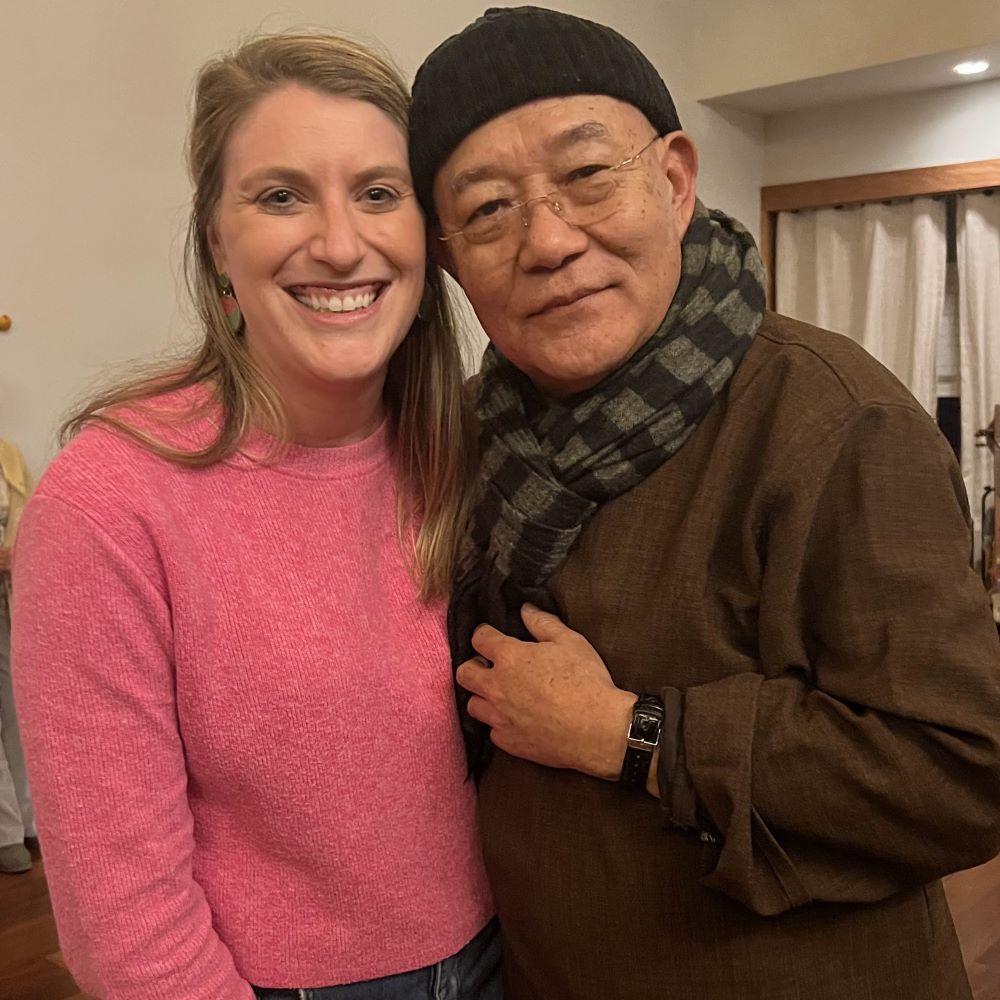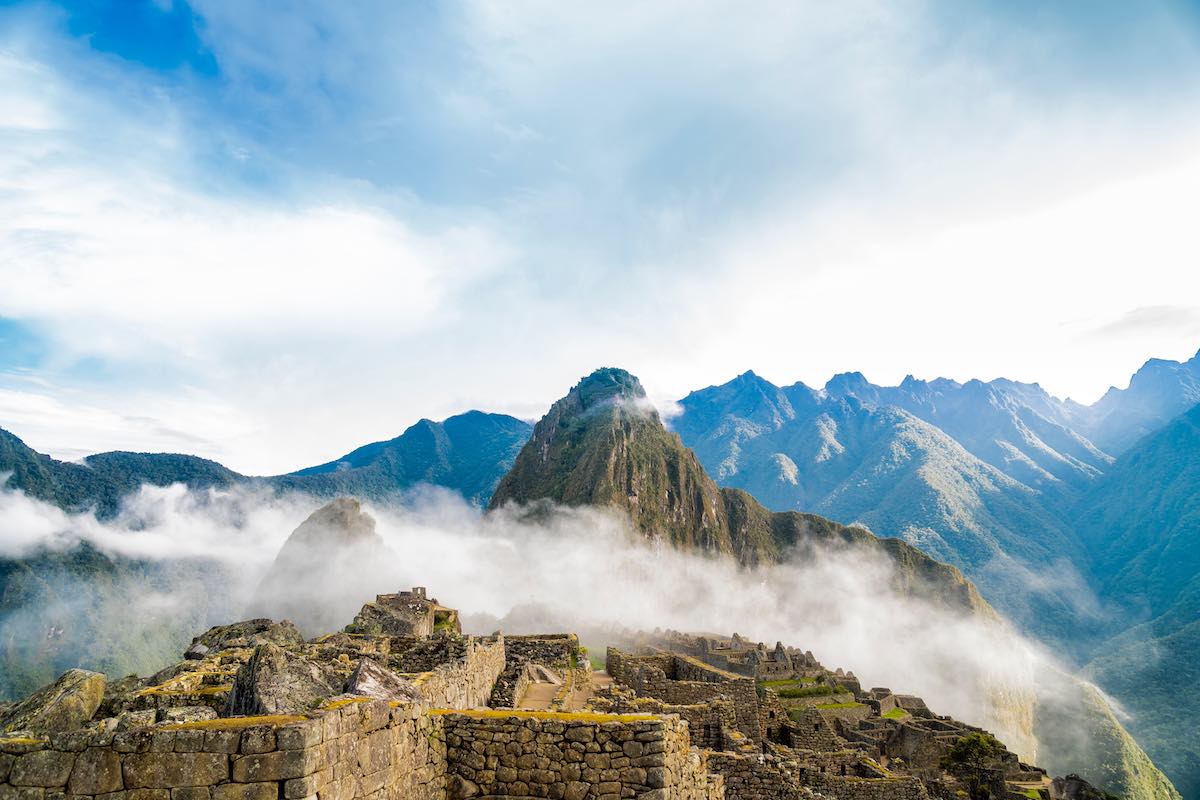When I was in my twenties, I was a re-entry student at San Jose State, planning to work toward a degree in computer science. I had the immense good fortune to land in a calculus class taught by a brilliant instructor – a man who had a gift for explaining the concepts, demonstrating problem-solving, and asking his students to rise to ever-increasing challenges. Not every student enjoyed being challenged, and this professor often found himself impatient with a general non-responsiveness from the class. One day, he just brought everything to a complete standstill, put down his chalk, and asked the class directly, “Why do you study calculus?” People mostly just stared, but someone ventured, “To find the area under the curve?” “But why? Why do you care about the area under the curve?” No one had anything. “You care about calculus because calculus teaches you about functions. You care about functions because functions can be used to model real-world phenomena. When you study calculus you are learning how to examine the world.” As much as I enjoyed his class, and as much as I loved math, I had never looked at it that way. What was really eye-opening to me, though, was his insistence on asking that question. Ever since that day, I have had so many occasions to reflect on what a useful question that is, and I use it to bring myself back to a focus on what is really important in almost any situation.
For example, have you ever found yourself in a situation where someone is directing a lot of anger at you? I have found it really useful to ask, “What does this person really want?” Sometimes the answer is just that they need to express anger, in which case it’s much easier not to take it personally, not get defensive, and let them say what they need to say. Or perhaps, in pursuit of a goal, you may find yourself overwhelmed by many small steps and ancillary details that require your attention but may not be directly contributing to your forward progress. Examining your actions through the lens of “What, exactly, is the point here?” can bring clarity and ease into prioritizing how to spend the precious moments of your life. Sometimes, asking yourself why you’re doing what you’re doing can bring an answer of “I’m not actually sure, but I feel pretty strongly that this is important to me.” Which, in my opinion, is a perfectly fine answer. Checking back later may bring more insight, but I think there is plenty of room for following your heart even if your head cannot fully articulate a reason. Looking back on it, it seems so interesting to me that this one moment in a summer calculus class gave me an insight into my own behavior that has been a guide to me now for several decades.
The second question has to do with how I ended up in that calculus class to begin with. When I first went to college, I didn’t have a clear direction. After basically stumbling around for three years, I finally just dropped out and went off to live life for a while. Realizing in my late twenties, with a small child and a disintegrating marriage, that I was going to need some professional skills, I decided to go back to school. As a first step, I met with a counselor at the reentry department at San Jose State. We looked together at the (endless) list of classes I would need to take, and how long it would take me to get through them all given that I could not attend full time. I was horrified. Then this woman said to me, “Well, I know it looks like a long time. But you know, that time is going to pass regardless. At the end of that time, you could have a degree, or not. It really all depends on where you want to be at the end of those years.” And again, I have mulled over that question ever since, and seen how applicable it is to so much of life. It is, interestingly, especially relevant to yin yoga, which is a practice of incremental change that we commit to over time. Because this change is small but consistent, it is also sustainable, so we increase our range of motion with less chance of injury and more chance of keeping the new flexibility we have created.
I know a yoga teacher who has medical issues that for a long time required her to wear braces on her wrists. One day, she walked into class, and asked, “Do you notice anything different?” Nobody did. “I’m not wearing my wrist braces anymore,” she said. “It took me ten years, but I finally have gotten to the point where I don’t need them.” How many people would have had the tenacity to stick with something like that for ten years? If someone told you it would take you ten years to rehab an injury, would you be able to face it? It’s a way of looking at things that stand in direct contradiction to our instant-gratification society, but it reaps rich rewards.
Which brings me to the principle that weaves these questions together: Begin again. I first encountered this in a yoga class. Maybe we’ve all heard it: “If your mind wanders, gently bring it back and begin again.” This applies to all of life, though. If your yoga practice has to take a back seat because LIFE, then begin again. No recriminations, just start over. If you feel you are not living up to your own standards, then take a deep breath, give yourself a break, and try again. You’ll know why you’re trying to walk a given path, because you’ve asked yourself what’s really important. And you’ll know that you’re willing to give this process as long as it takes, because you know that the time is passing no matter what you do, and you’re committed to moving forward.
We are imperfect people living in an imperfect world. We can still do our best though, for ourselves and the people around us. For myself, these questions and this idea of always coming back, have been life-changing, and life-improving, and I feel very lucky to have encountered them.
















4 replies on “The Surprising Equation for a More Mindful Life”
Thanks Sarah for a a wonderful thought provoking article and a reminder that persistence pays off. inidentally I first met you at Willow Glen yoga and you recommended Alyssa to me whose classes I have enjoyed.
I’m forwarding this to my Son, thinking one of the many jewels here, particularly tenacity applies to his and all our lives. Thank you Sarah!
Amazing thoughts and well penned!
Thanks Sarah for sharing your wisdom. I was a math major and I am now a math tutor, so I immediately resonated with your opening statement. Applying that experience to living your life was a creative act. Thanks for articulating it so well.